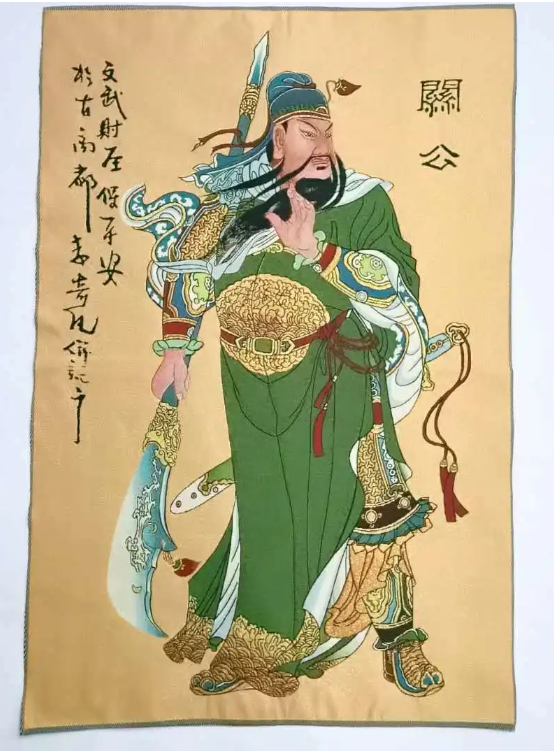Home
/
唐卡
唐卡
Tibetan thangka is a unique form of painting art in Tibetan culture, with distinct ethnic characteristics, strong religious colors, and a unique artistic style. Thang ga, also known as Tangga or Tangka, is a religious scroll painting that is mounted on colored satin and hung for worship. It usually involves various fields of Tibetan history, politics, culture, and social life. Most of the Tangkas that have been passed down are works of Tibetan Buddhism and Bon religion, painted with natural minerals and plant pigments, with bright colors and long-lasting durability. 12

67%
OFF
Chinese Cloth Silk Guan Gong Yu Warrior God Wealth God Tangka Thangka Mural
$ 16.07
$ 50.00
Save
$ 33.93
QUICK VIEW










